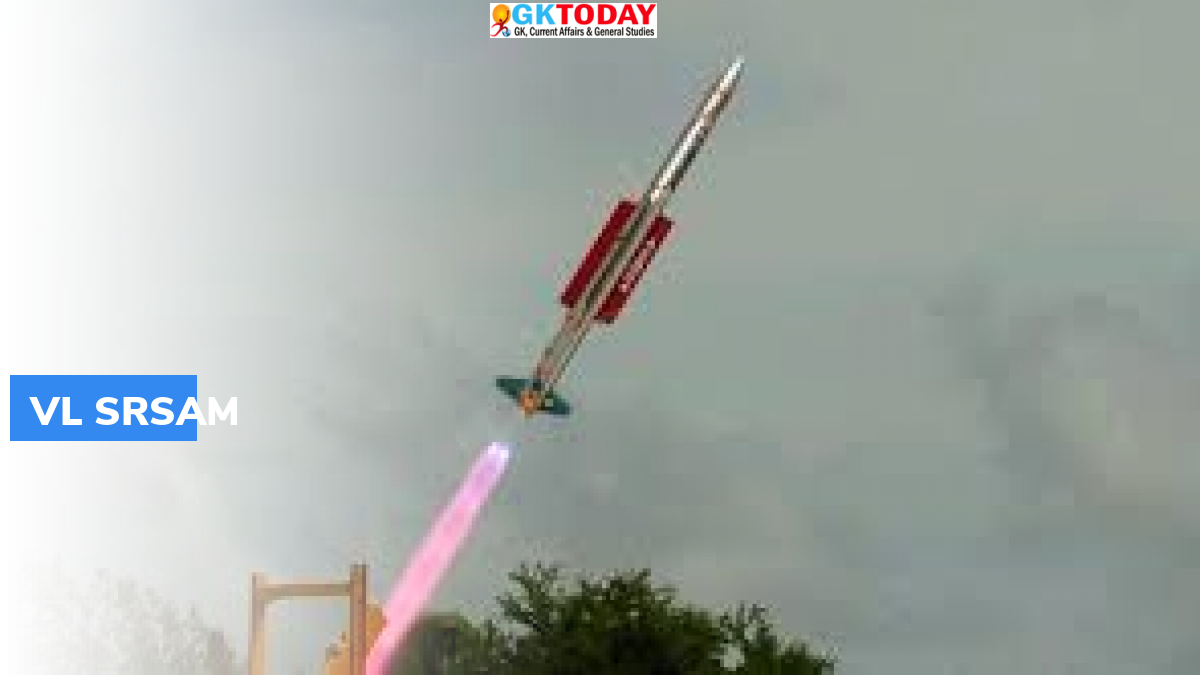VL – SRSAM
The VL – SRSAM is the Vertical Launch Short Range Surface to Air Missile. It was developed by the Defence Research and Development Organisation (DRDO).
About VL – SRSAM
- The Missile uses fibre optic gyroscope during mid-course flight. Fibre optic Gyroscope is used to sense the changes in orientation. It operates on the principles of interference of light.
- It uses active radar homing in its terminal phases. The active radar homing is a missile guidance method. Here the Missile contains radar transceiver and electronics required to track its target autonomously.
- The VL – SRSAM aims to replace older Barak surface to air missile systems.
- The Indian Airforce will use these missiles as short-range air defence system.
- It is based on Astra Mark Air – to – Air Missile.
Testing
- The first test of these missiles was held on 22 February 2021 in the coast of Odisha. The efficacy of the vertical launch system and the range of the Missile was tested.
- The second test of the Missile was held on December 7 2021. It was tested at the Chandipur cost of Odisha. The missiles struck an electronic target at a very low altitude. The test also validated the weapon control system, vertical launcher unit with controller and the integrated operation of all weapons systems in the Missile.
Technical Details
- The Missile was created for area and point defence role to save Naval platforms.
- It has an additional Jet vane driven thrust vector control. This control enables quick reaction time and smokeless exhaust.
- Each vertical launch system can hold 40 missiles.
- The Missile is capable of neutralizing aerial threats in close and medium ranger. This includes sea skimming anti-ship missiles and fighter aircrafts.
- The Missile and weapon control system installed has 360 degrees interception capability. With this it can detect and engage threats from all directions.


